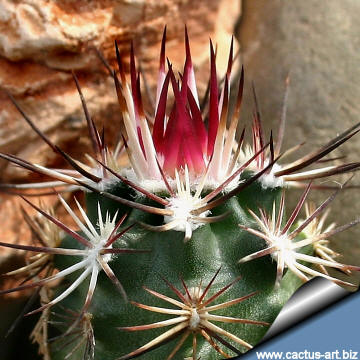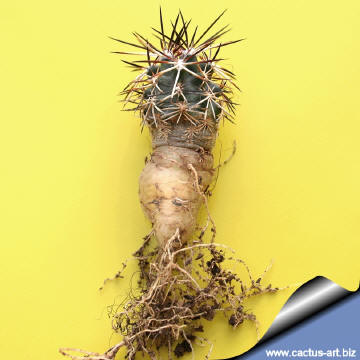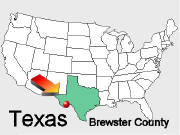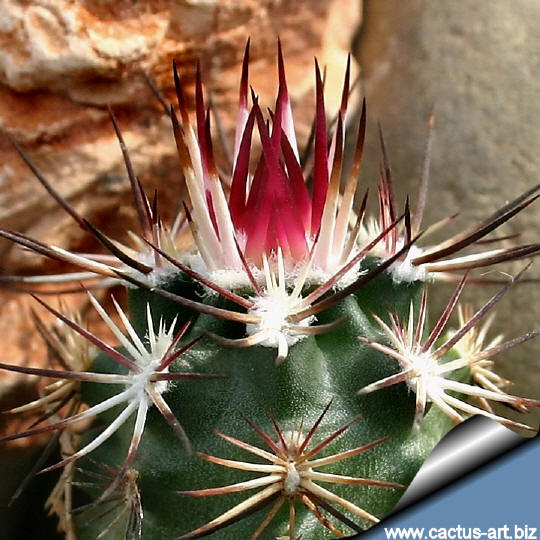|
|
|

E. davisii SB 426
Locality: Brewster County,
Texas, USA
Blooms very early in March. The flowers are greenish and
diffuse a pleasant lemony scent.
|
|

New spines |

it starts flowering when less than 1 cm in diameter |
|
. |
|

It is the tiniest of all the echinocereus |

A seven years old specimen |
|
NOTE: E. davisii is part of the
E. viridiflorus compless that comprises a large number
of infraspecific
taxa, differing in various combinations of flower color, spine
color, number and thickness of central spines, and other characters,
including floral scent. Wherever such taxa are
sympatric they intergrade; all are freely interfertile in the
greenhouse. Among them:
-
E. viridiflorus var. viridiflorus: (Typical form)
With small stems and relatively pure yellow flowers,
extends from central New Mexico and the Texas Panhandle to South
Dakota.
-
E. viridiflorus var. chloranthus (E. chloranthus) with
the most numerous central spines (five or more per areole), giving
the plants a bristly appearance, are often considered a separate
species.
-
E. viridiflorus var. russanthus (E. russanthus)
: Plants with a bristly appearance usually with
reddish or russet flowers. Yellow-spined plants may occur at high
altitudes.
-
E. viridiflorus var. cylindricus (E.
chloranthus var. Cylindricus) : The common morphotype
at middle altitudes in Texas and southeastern New Mexico has
0-2(-3) central spines.
-
E. viridiflorus var. correllii (E.
chloranthus var. Cylindricus "corellii") A
poorly defined, yellow-spined population near Marathon, Texas.
-
E. viridiflorus var. neocapillus (E.
chloranthus var. neocapillus): Remarkable for its softly
hairy, not sharply spiny, seedlings.
- E. chloranthus subsp. rhyolithensis
Bristly red-spined plants from New Mexico.
E. viridiflorus in the broad sense may prove
paraphyletic with respect to
E. davisii, but
they are
phenologically isolated, with E. davisii flowering
earlier and thus appearing reproductively isolated in the wild.
Controversy among botanists as to whether davisii is a
species or variety of
E. viridiflorus. |
|
Photo of conspecific taxa, varieties, forms and
cultivars of Echinopsis davisii.
Advertising
|
|
|
|
|
Family:
Cactaceae
(Cactus Family)
Scientific Name:
Echinocereus davisii
A.D. Houghton 1931
Published
in: Cact. & Succ. J (U.S.) 2: 466(1931)

Distribution:
The single known
population
occurs in west Texas, (Brewster Co., Marathon)
Habitat:
Grows in flat hills on a specific
substrate (rich in
quartz
sand) in a
semi-desert grassland
at an elevation of 1,200 m Sometimes plants in
drought periods
shrink
well below
ground level
Synonyms:
- Echinocereus
viridiflorus var. davisii
(A. D.
Houghton) W. T. Marshall in
Marshall & Bock.
Cactaceae: 119 (1941);
a
- Echinocereus viridiflorus
fa.
davisii (A. D.
Houghton) Krainz,
In: Kat. ZSS, 2a ed.: 51 (1967);
b
- Echinocereus chloranthus var.
davisii
(A. D.
Houghton) Cullmann
In Kakteen: 156, fig. 154 (1984) nomen invalidum (CINB,
art. 33.2); c
- Eechinocereus viridiflorus ssp. davisii (A. D. Houghton) N. P. Taylor
In Hunt. Cact.Cons. Init.
3: 10 (1997).
|
|
|
|

New spines
|
|
Description:
This is the
tiniest Echinocereus species, plants are extremely diminutive and mostly
subterranean
(geophytes), usually do not
offset.
Stem:
Spherical
stems
with
6-9 ribs,
dark green
epidermis up to 1-2
cm in high and
1-3 cm in diameter
(but cultivated
specimens can grow bigger).
Spines:
The
areoles contain 8-14 spines, usually
radial, white whit a dark contrasting tip. 10-20 mm long.
Roots:
Fibrous
in young plant became
tuberous in age.
Flower:
Yellow-green
whit a green
stigma
and yellow
pollen,
up to 2 cm across, (buds acute, reddish and yellow-greenish).
Phenology:
Blossoming
and
fruiting occur on 3 to 4 year-old plants.
Blooming period in cultivation is March-April.
|
|

E. davisii var. brevispinus
"a short spined beautiful cultivar" |
|
Cultivation: In culture E. davisii is without
problems but very slow growing and regularly shows its small green
flowers if we provide an adequate winter rest period.
It is sensitive to overwatering (rot prone) needs
good drainage, Keep drier and cool in winter. Need full sun;
Very cold resistant hardy to -18° C or less for
short periods of time.
Propagation: Seeds.

 |
|